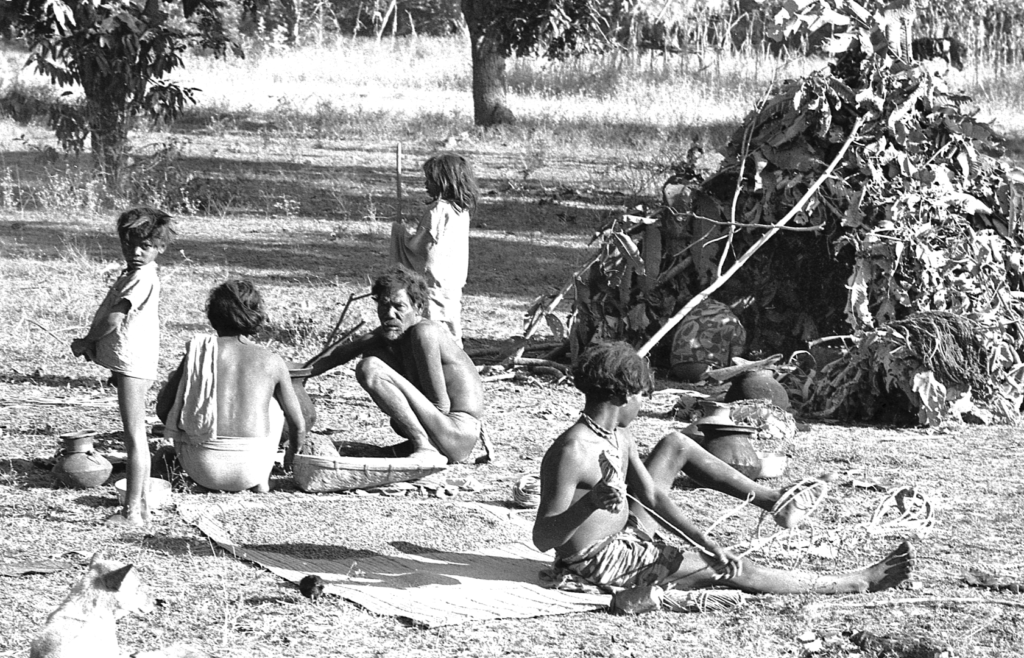The Birhor People
The Birhor people are a nomadic hunter-gatherers living in the Singbhum district of Jharkhand. They wander around the Saranda Forest in the southwest of Jharkhand and in the jungles of Hazaribagh, Mayurbhanj, Odisha, the Similipal Forest and Chhattisgarh, in search of resources and a livelihood.
Like the Ho, Santal and Munda people, they speak an Austro-Asiatic language, and are fluent in other local dialects. They are a small minority of Scheduled Tribal adivasi people. In the 1970s they were almost totally uneducated and preliterate. There have been many failed attempts by government to settle, tame and educate them. Like the Ho, Santal and Munda people they worship Singbonga, the spirit of the sun and are involved in ancestral spirit worship.
Often known as the Mankirdia people, meaning ‘monkey catchers’. The Ho and Munda people call them ‘jom-sara:e’, meaning ‘monkey eaters’. The name ‘Birhor’ means ‘forest people’. The 2011 census reported there are 2,222 members of the tribe.

While catching and eating a multitude of forest animals like squirrels, deer, and rodents, their preferred food is wild monkeys. They also collect a variety of wild tubers and rock bee honey. But their main income comes from collecting the bark from jute and the ‘siali’ creeper from which they extract the fibres and twine into a strong rope. This is then woven into a multitude of slings, halters, nets and ropes, that are sold to local farmers at market places. Their knowledge and understanding of nature’s logic is profound.